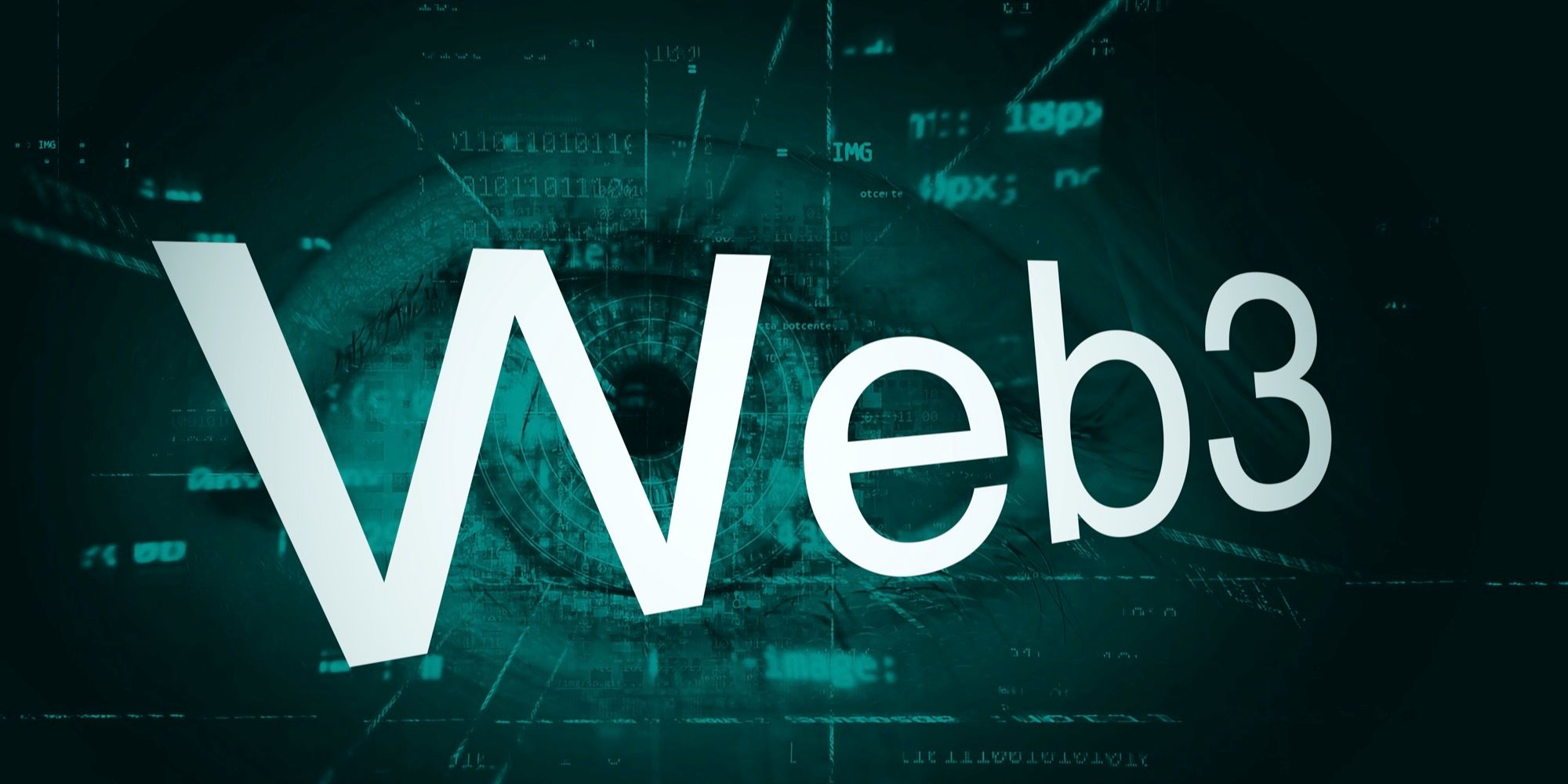Over the past several months, there has been increasing talk about the next evolution of the web - often referred to as Web 3.0 or Web3 - and just how it will transform the way the internet operates. The phrase Web3 quite literally relates to the third iteration of the web. Web 1.0 harkens back to the invention of the web in the late 1980s and elicits memories of dial-up connections and the simple, static web pages that cropped up through the 1990s and early 2000s. With Web 2.0 around 2004, ISPs and developers were taking advantage of new standards to allow for more dynamic experiences and easier sharing of information. It’s because of many of these advances that social platforms such as Facebook, YouTube, and TikTok have become such a fixture in the daily lives of users.
Sir Tim Berners-Lee, the famed computer scientist who invented the web, has referred to Web3 as the “semantic web.” Broadly, the thought behind Web3 is that it will be much easier to share information across the internet without it being controlled by any single entity. This concept is not new, of course - it’s the same principle that underpins decentralized crypto networks. However, until this point, such systems and protocols have typically been the domain of digital coins and online artworks (aka NFTs), while firms such as Meta, Alphabet, and ByteDance maintain dominance over their Web 2.0 subsidiaries.
At its most fundamental level, Web3 promises to do away with internet gatekeepers. As things currently stand, apps like Instagram and Snapchat can decide what a user may post and just who gets to see it. However, a Web3 social network would, theoretically, not control how content spreads. It’s feasible that a user could upload a video to one platform and simply share it to a rival service with the tap of a button. Again, it’s this core idea - that no single party oversees the data - that allows the authentication of digital art as well as the trading and mining of Bitcoin. Possibly the most famous example of a platform adapting to the Web3 age is Twitter. The company is developing a decentralized standard dubbed Bluesky, claiming it is “re-building the social web by connecting disconnected silos.”
Not Everyone Agrees On Web3
In 2019, Twitter co-founder and former CEO Jack Dorsey previously noted that the social media platform would eventually be a client of Bluesky. Meanwhile, Facebook’s parent firm Meta is developing its metaverse platform, promising a broad range of connected experiences. However, some experts are skeptical Meta can maintain the wall-garden approach of its current properties, suggesting any metaverse would have to be open if it were to become the next version of the web.
Though Web3 is seemingly emerging, some of the world’s most influential people don’t buy into the idea that the future will be as decentralized as one might hope. In a recent series of Tweets, Dorsey poured scorn on the idea Web3 services could be owned by users, suggesting venture capitalists and their financial backers will maintain ultimate control over such platforms. Additionally, Elon Musk has posited Web3 “seems more [a] marketing buzzword than reality.” Still, one thing is certain, the future of the web - and how it will operate - is a long way from being decided.
Sources: CNBC, Jack Dorsey/Twitter, Elon Musk/Twitter, Bluesky


